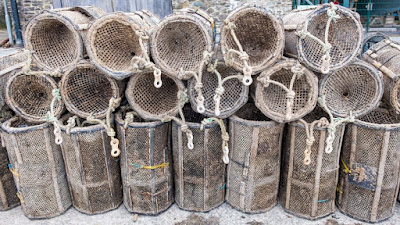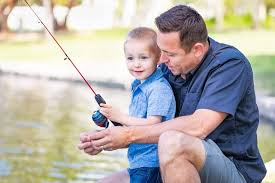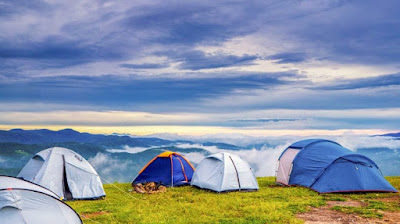The best way to take pleasure in
nature and to stay healthy is to go hiking. Nature has plentiful perfect
beauties to provide, from trees and animals to grass and plants. While it is amusing
to go trekking and be grateful to nature, several things can harm your outdoor
adventure. Behind those thriving fields, there could be some brutal risks that
we are ignorant of.
One of the other risks is some particular
poisonous plants that can make you ill. Even though it seems harmless, few of
these plants can cause you remarkable irritation itchiness, and painful rash, that
can see you spending the next few days in a hospital. If you come across any of
the following plants while you are out hiking, stay at a distance as they are toxic.
- Poison Oak: This is a leafy plant considered as one of the most toxic plants. It takes varied forms, either as a tall bush or as a tiny sprout. Poison oak links itself to trees easily and hangs its leaves into paths. The leaves are either yellow or green based on the season. Poison oak at times has no leaves and any touch with the skin will cause rashes that turn into painful blisters.
- Stinging nettle: This plant can damage your outing if your skin gets into contact with its hairs. The small hairs of the nettle sting are same like that of the needles. The irritations caused by the hairs can cause blisters and an abrasive burning skin sensation. The plant grows along streams open spaces, and in ditches.
- Jimson weed: These shrubs are very poisonous and potentially deadly if the seeds or leaves are consumed. It is thus vital to avoid such kinds of plants.
- Poison ivy: It is one of the most commonly found poison plants. This is since it grows not only in the wild but in open fields too. One of the most noteworthy features that people can recognize it by is its three leaves. Depending on the season, the leaves typically can be found in reddish color to light green color. Poison ivy consists Urushiol Oil which is a stuff that is poisonous to the skin. Any contact with the plant causes the skin to become red and results in an irritated rash. The venom can stay on clothes, shoes, pets, and tools for a long time. It is thus indispensable to rinse any poison ivy remains after exposure.
- Poison sumac: Also considered as thunderwoood, this is a plant that grows up to almost 30 feet high. The leaf can be recognized easily by the main that comprise 7 to 13 leaflets. The leaves have a sharp pointed edge and are rhombus shaped. They are orange in color and turn to a dark green before turning into an orange-red color finally. The plant offers yellow flowers that later mature into fruits. On contact with the skin, this plant offers rashes and itchiness.








